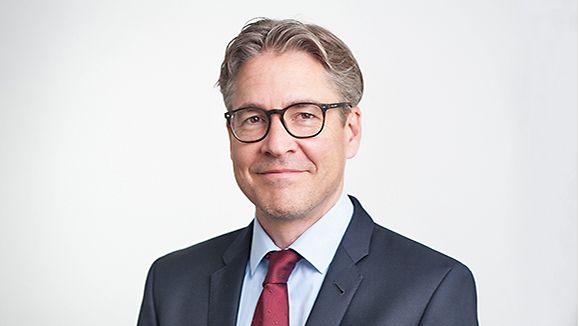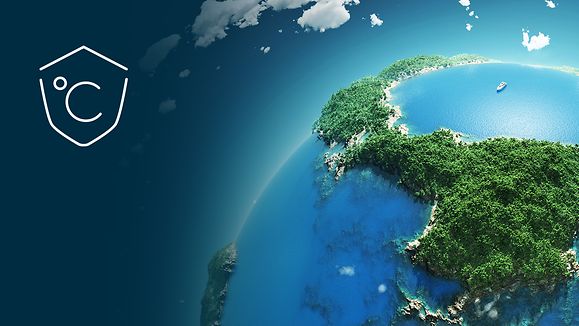total length of core network by 2032
Your company is already operating in Germany and you would now like to export worldwide?
Key Facts
German Hydrogen Economy Facts & Figures
Germany forecasts that between 95 TWh and 130 TWh of hydrogen will be needed to meet its goals. Higher demand for hydrogen is expected after 2030 as the industry, energy and mobility sectors get on board. Demand levels could increase massively, with forecasts ranging from between 400 TWh to 800 TWh by 2050.
The National Hydrogen Strategy provides an action framework for the future production, transportation and use of hydrogen and related technologies and investments. The original National Hydrogen Strategy hydrogen electrolyzer target has been doubled to 10 GW by 2030.
Hydrogen technology – and its use for industrial production – provides many opportunities for international investors as the entire value chain is located in Germany. This covers everything from hydrogen technology to the production of a wide variety of end products in the steel, chemical and petrochemical industries.
Climate-neutral Production
Thanks to hydrogen and new processes including carbon capture, utilization and storage (CCUS), many chemical products and hydrogen derivates could be produced without emitting carbon dioxide. Germany represents a large market as the country seeks to be climate neutral by 2045.
Client Sectors – Chemicals and Steel Industries but also Mobility
The first client sector is the chemical industry, which uses most of the 55 TWh of hydrogen consumed annually to produce ammonia (2.4 million tons annually in 2021). The domestic steel industry will also become an important consumer of this decarbonized raw material in order to produce 40,1 million tons of crude steel annually in 2021.Investment of up to EUR 45 billion is expected in the chemical sector alone between 2020 and 2050. Most of this investment will be made by 2040. Investment of EUR 30 billion is expected in the steel industry by 2050.
Mobility is also one of the key markets that will require hydrogen and derivates (methanol, ammonia and e-fuels) to achieve decarbonization, with a particular focus on heavy-duty vehicles, maritime transport, and aviation.
Opportunities
Supporting the Hydrogen Transition
The National Hydrogen Strategy envisages a coherent transition to hydrogen for industry as well as the mobility market. This includes importing hydrogen from abroad and installing up to 10 GW of electrolyzer capacity by 2030. The National Hydrogen Strategy foresees a raft of funding measures including IPCEIs (strategic European projects involving German and European companies), federal programs (Hyland, Reallabore) and the development and implementation of compensation mechanisms (e.g. Carbon Contracts for Difference – CCfDs) as well as the development of a framework for decarbonized basic materials (green lead markets) that will be the starting points for the country's hydrogen economy.
The development of the national market for hydrogen and its derivatives will be achieved through massive expansion of the domestic production of renewable energies – in particular offshore wind energy – and the creation of international partnerships for imports.
Hydrogen Production and Import Infrastructure
Investment in hydrogen production such as electrolysis plants and import infrastructure like import terminal transformation units (e.g., ammonia crackers), will be crucial. This transformation of the chemical industry with hydrogen as a key feedstock for chemical processes includes the production of sustainable basic chemicals like ammonia, methanol, aromatics, and synthetic fuels (e-fuels) essential for reducing reliance on fossil fuels.
Chemical Industry Decarbonization
New processes such as Fischer-Tropsch, methanol processes, and methanation will require significant investment in new machinery and production units. To decarbonize the chemical industry in Germany, investments of up to EUR 45 billion are expected between 2020 and 2050 – with most of this investment occurring by 2040.
Steel Industry Investment
The steel industry is also set to see investment of EUR 30 billion aimed at decarbonizing production processes by 2050. Key investment areas include direct reduced iron (DRI) plants that use hydrogen instead of coal to produce iron, significantly cutting emissions.
Transport Infrastructure Transformation
To support these developments, investment of around EUR 20 billion is expected in transport infrastructure by 2030. This will involve repurposing existing natural gas pipelines and constructing new hydrogen pipelines to transport hydrogen from production sites to end-users across the country. High-efficiency compressors will be needed to maintain the pressure and flow of hydrogen through the pipelines – ensuring safe and efficient transport. Hydrogen storage capacity will also be expanded with large-scale storage tanks and the utilization of underground caverns and depleted gas fields for long-term storage solutions.
Gas Metering and Power Station Strategy
The market for gas metering will rise as the distribution network is impacted by the switch to hydrogen blends. Investment in the energy segment is also expected through the Power Station Strategy. This will include retrofitting existing natural gas turbines to burn hydrogen or installing new hydrogen-ready turbines and eventually implementing fuel cells.
High Thermal Processes
Hydrogen can also be used for high thermal processes in industries such as ceramics, glass, metal, and cement, further showcasing its potential for refurbishment and reducing carbon emissions across various sectors. Germany’s federal funding framework enables the financing of the production of this technology in Germany. This support is crucial for advancing hydrogen production and related technologies – ensuring that Germany remains at the forefront of the global energy transition.
News
Media Library
Are you looking for detailed auto industry analyses and market opportunity reports? Download our industry overview for market insights in Germany's Hydrogen Economy.





